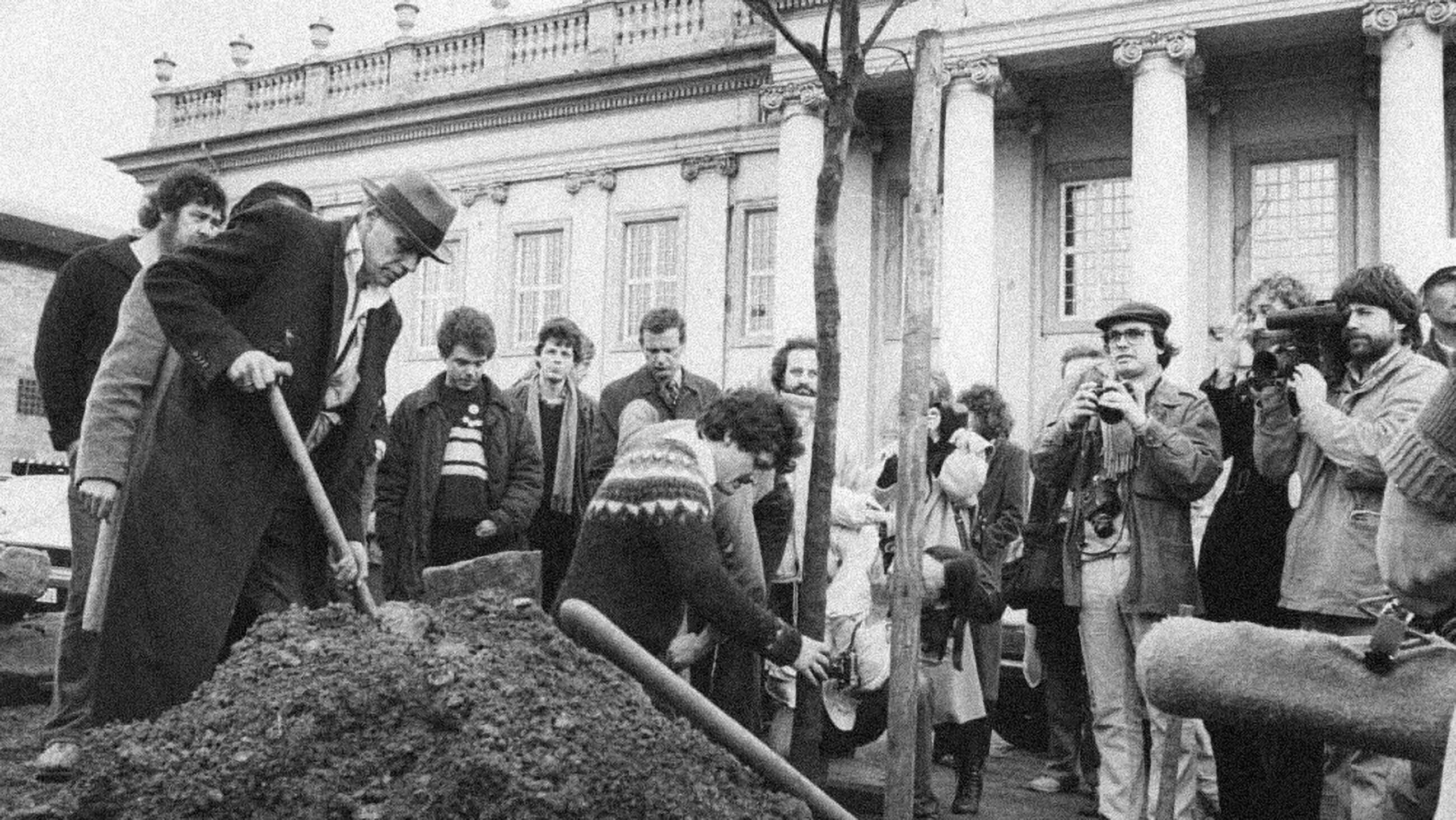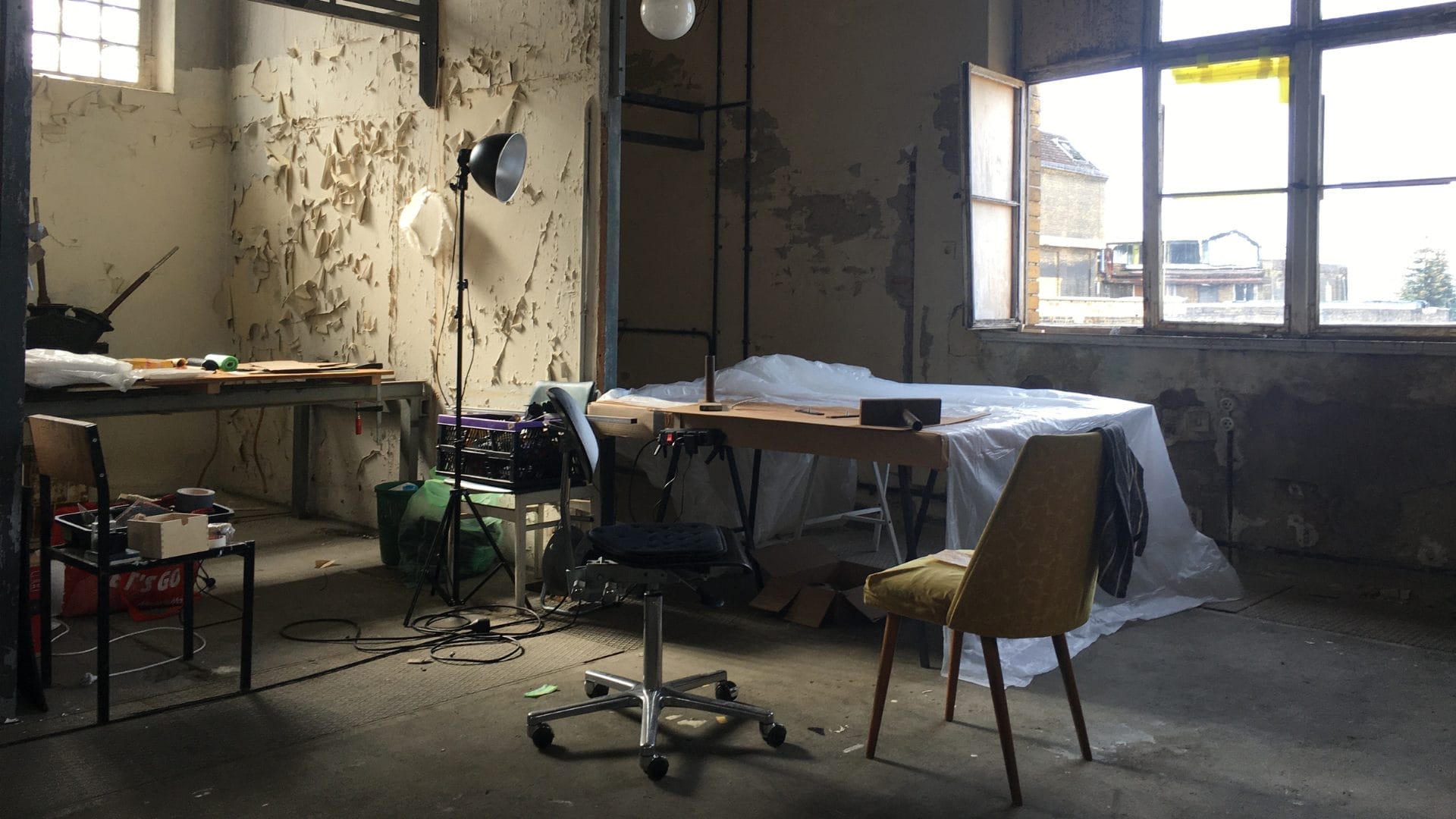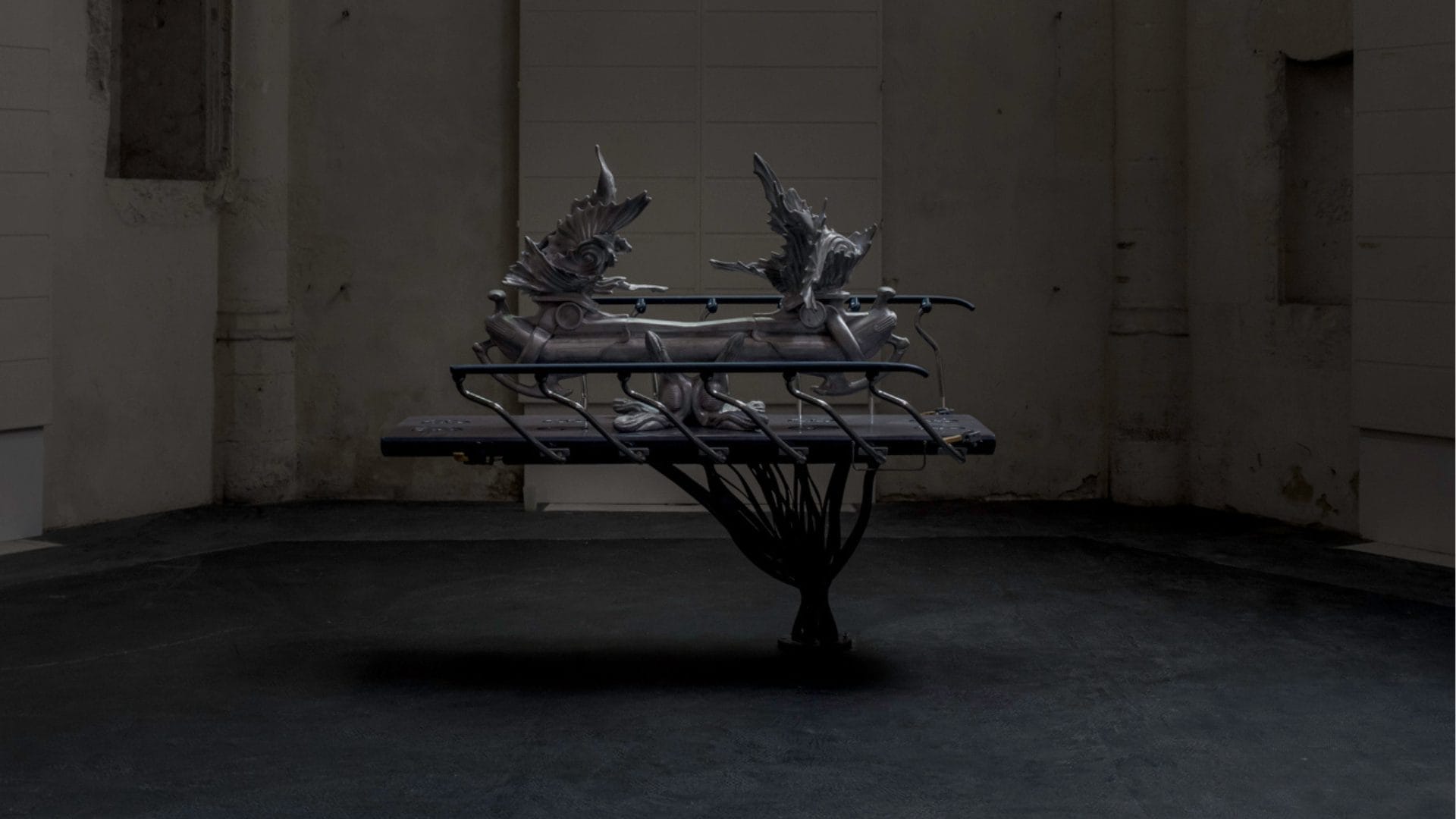
Rexy Tseng, Mouthful of Dirty Copper, Magenta Plains, New York
“The world is made of decaying materials, of structures that slowly collapse, of time accumulating on things.”
A phrase that could easily belong to Rexy Tseng, if only we could find it somewhere. But that’s exactly how we feel standing in front of his paintings, as if the world weren’t crumbling in some grand, spectacular explosion, but disintegrating little by little, with no one bothering to pick up the pieces.
Stepping into the Lower Level of Magenta Plains, we immediately sense a strange familiarity, like walking into a space that should make sense but doesn’t. The perspectives, the colors, the compositions, everything feels slightly off-kilter, teetering between recognition and unease. Rexy Tseng’s exhibition, Mouthful of Dirty Copper, is an ode to unspectacular destruction, to those structural failures that don’t make headlines but speak volumes about a world in perpetual disintegration.
We live in an era of synthetic images, everything is smoothed out, polished, AI-optimized to fit a predefined aesthetic. But Tseng pushes in the opposite direction. His paintings aren’t “clean,” they don’t seek to seduce with formal perfection. They are dense, raw, insistently material, packed with details that bear the weight of time.
There’s an unsettling energy in how he renders materials, the way a metal roof buckles, the way a wall splinters into jagged shards. This isn’t Hollywood-style destruction, it’s slow, inevitable decay. His painting breathes and accumulates, a process that stands in direct opposition to the instantaneity of AI-generated imagery. These aren’t pixels arranging themselves into a snapshot, these are layers of paint, decisions made and remade over time.
There’s something vertiginous about his compositions, often viewed from above, as if we were drones surveying post-industrial landscapes. The comparison to Luc Tuymans makes sense, there’s that same photographic detachment, but with a material density that won’t let us off the hook. Francis Bacon is there too, in the latent tension, in that sense of space pulsing beneath the surface. And then there’s Chaim Soutine, with his visceral brushwork that turns architecture into something almost fleshy, on the verge of decomposition.
One painting in particular stops us cold, an oblique view of a half-destroyed building, its roof caving under some invisible weight. The color palette is muted, earthy, interrupted by streaks of blue and orange, hints of a humanity that has long since vanished. This is a post-disaster scene, but without the usual theatrics, no flames, no smoke still rising from the wreckage. Just the slow erosion of time.
Tseng doesn’t paint apocalypse, he paints gradual collapse, the kind that usually goes unnoticed. And that’s where his work separates itself from both photojournalism and AI-generated simulation, in its ability to hold time, to accumulate traces of human presence without ever making it explicit.
Perhaps the most powerful aspect of his work is how it embodies time. A digital image is generated in an instant, a Tseng painting carries the history of its making. Up close, we see revisions, corrections, layers upon layers of decisions. His surfaces hold time the same way the landscapes he depicts do, through accumulation, through erosion.
In an age of instant, algorithmically perfected images, Tseng’s work reminds us why painting still matters, and why it is necessary. It cannot be compressed into a template, it cannot be generated through code, it cannot be reduced to a formula. It is messy, complex, and fundamentally human.
At the end of the exhibition, we find ourselves staring at one last canvas. It’s an aerial view of a fractured cityscape, but we can’t quite tell if it’s being rebuilt or falling apart. And maybe that’s the essence of Tseng’s work, not to give us answers, but to keep us suspended between past and future, between ruin and the possibility of renewal.
If the digital revolution has trained us to expect images that are seamless, immediate, and disposable, Mouthful of Dirty Copper is an act of defiance. It reminds us that the world isn’t made of pixels, it’s made of matter that breaks, accumulates, transforms. And above all, that painting remains one of the most powerful ways to capture what it means to be alive in the midst of it all.
Magenta Plains, New York | January 16 – March 1, 2025
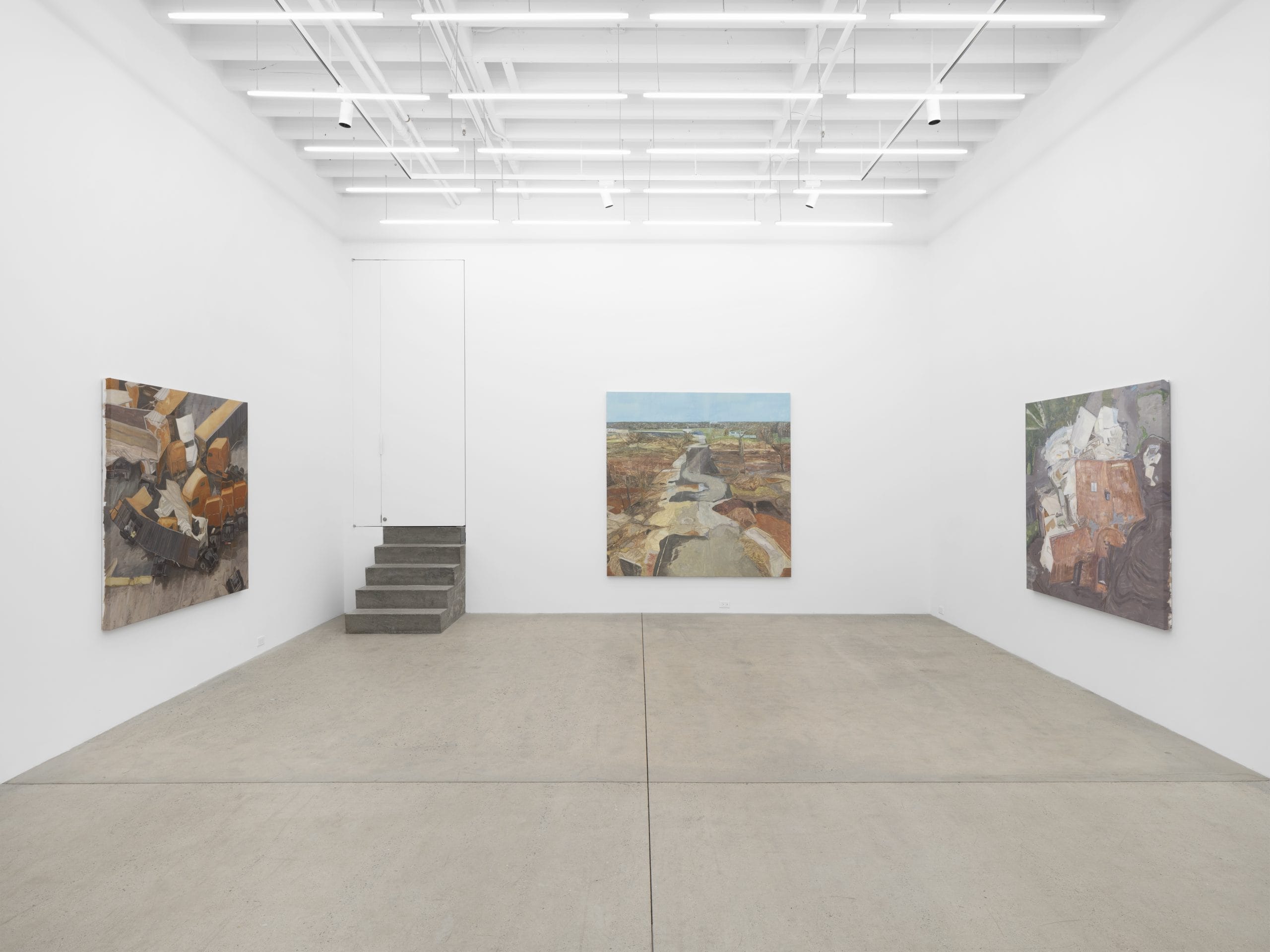
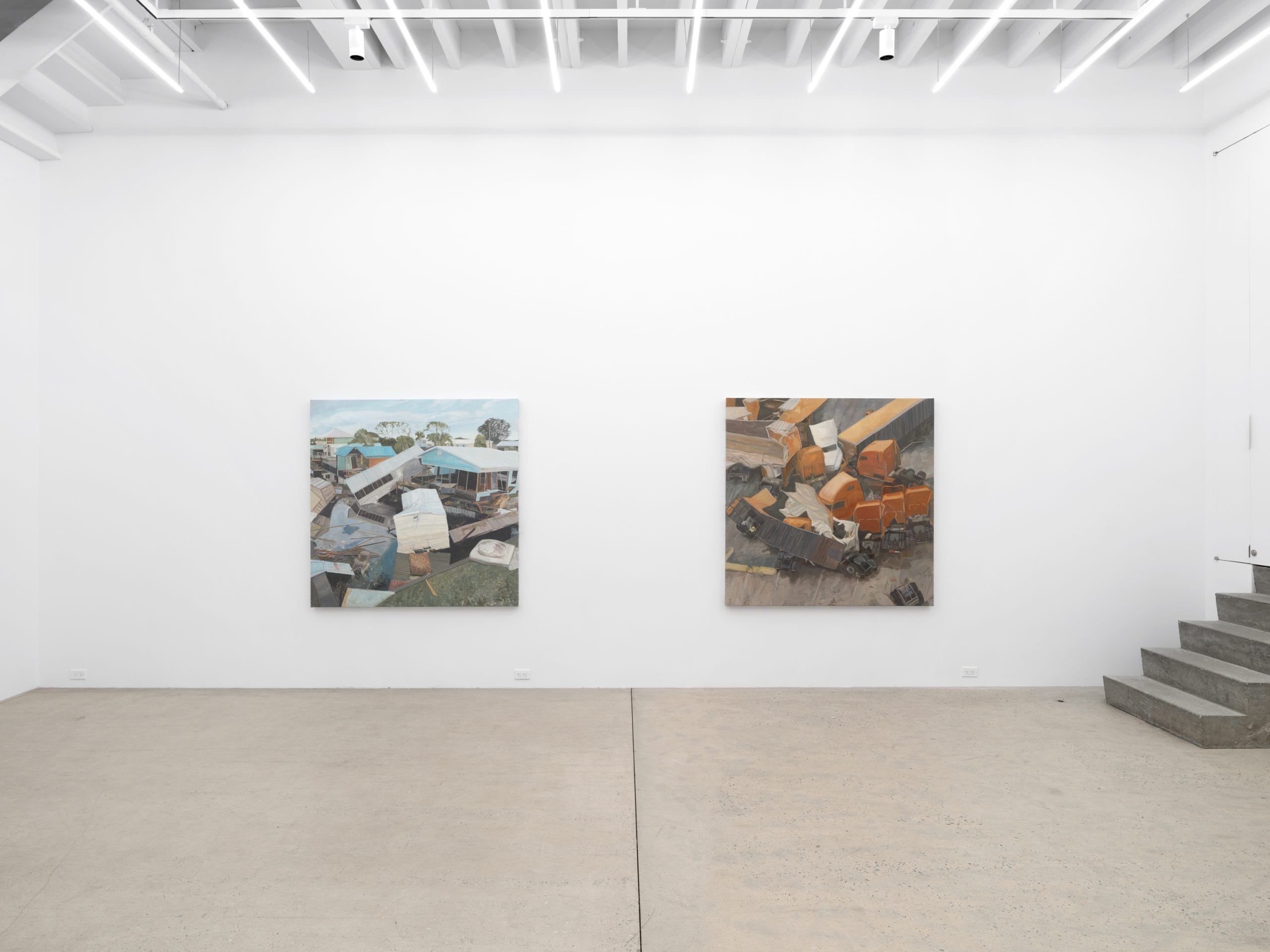
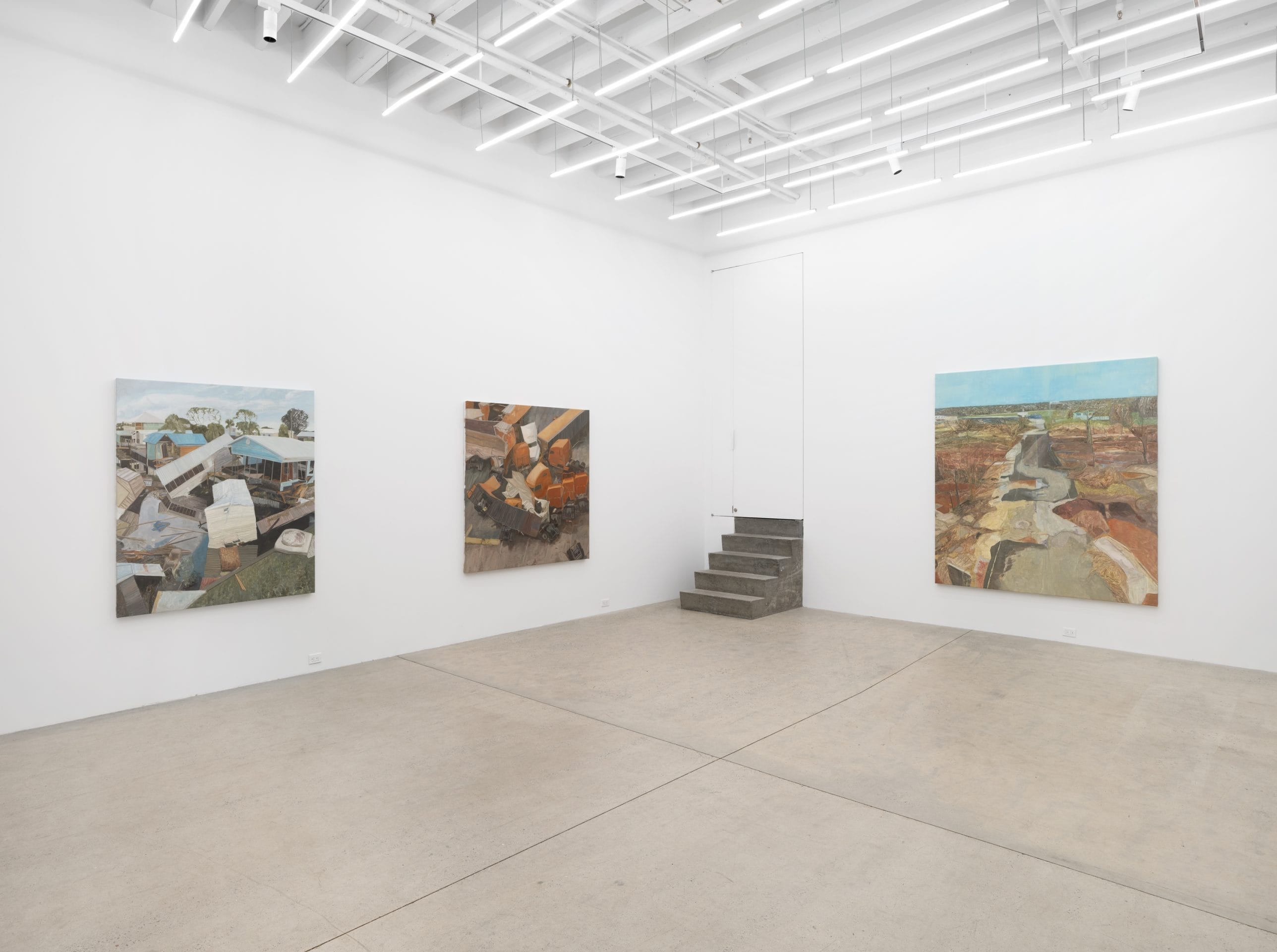

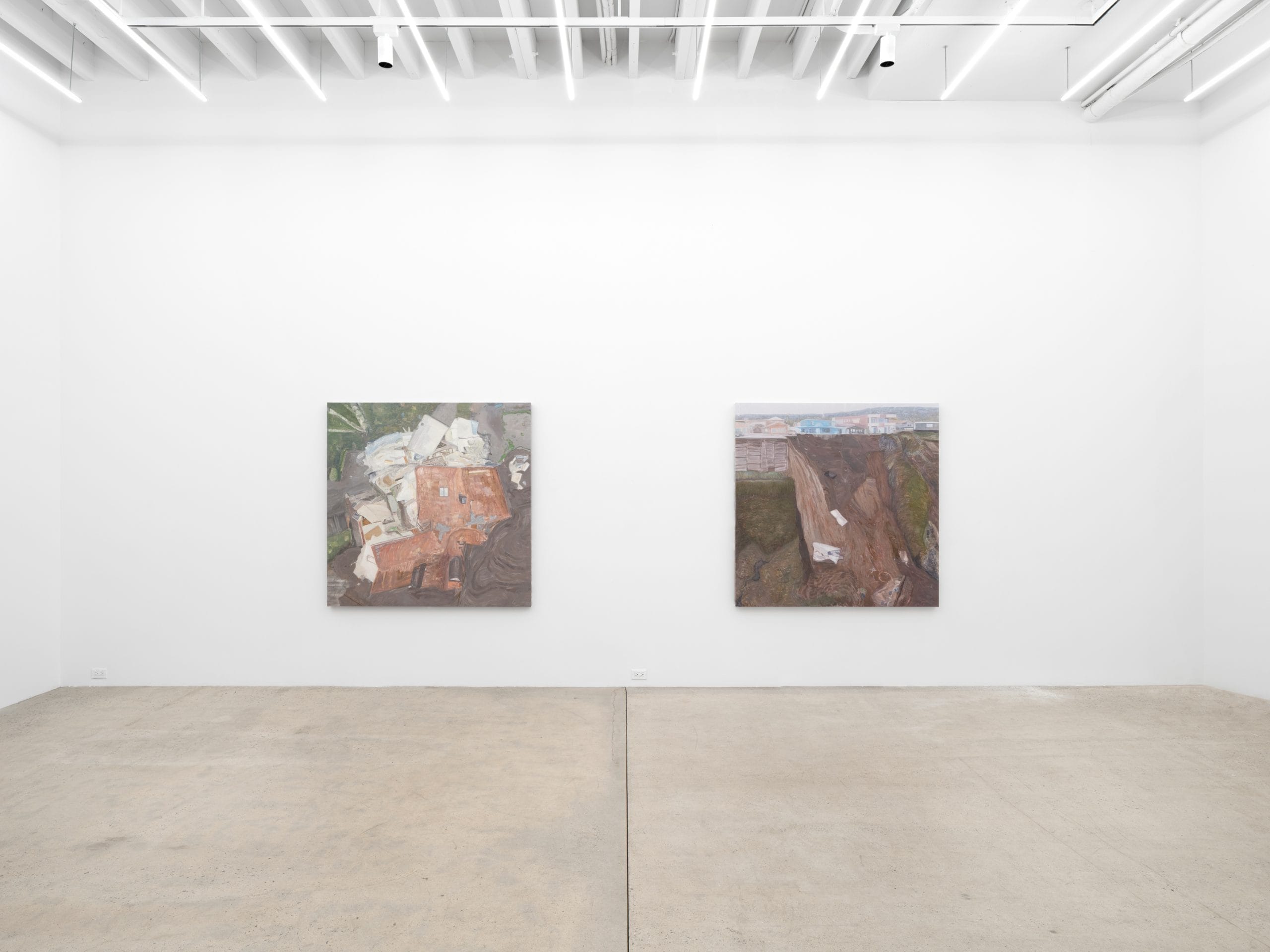

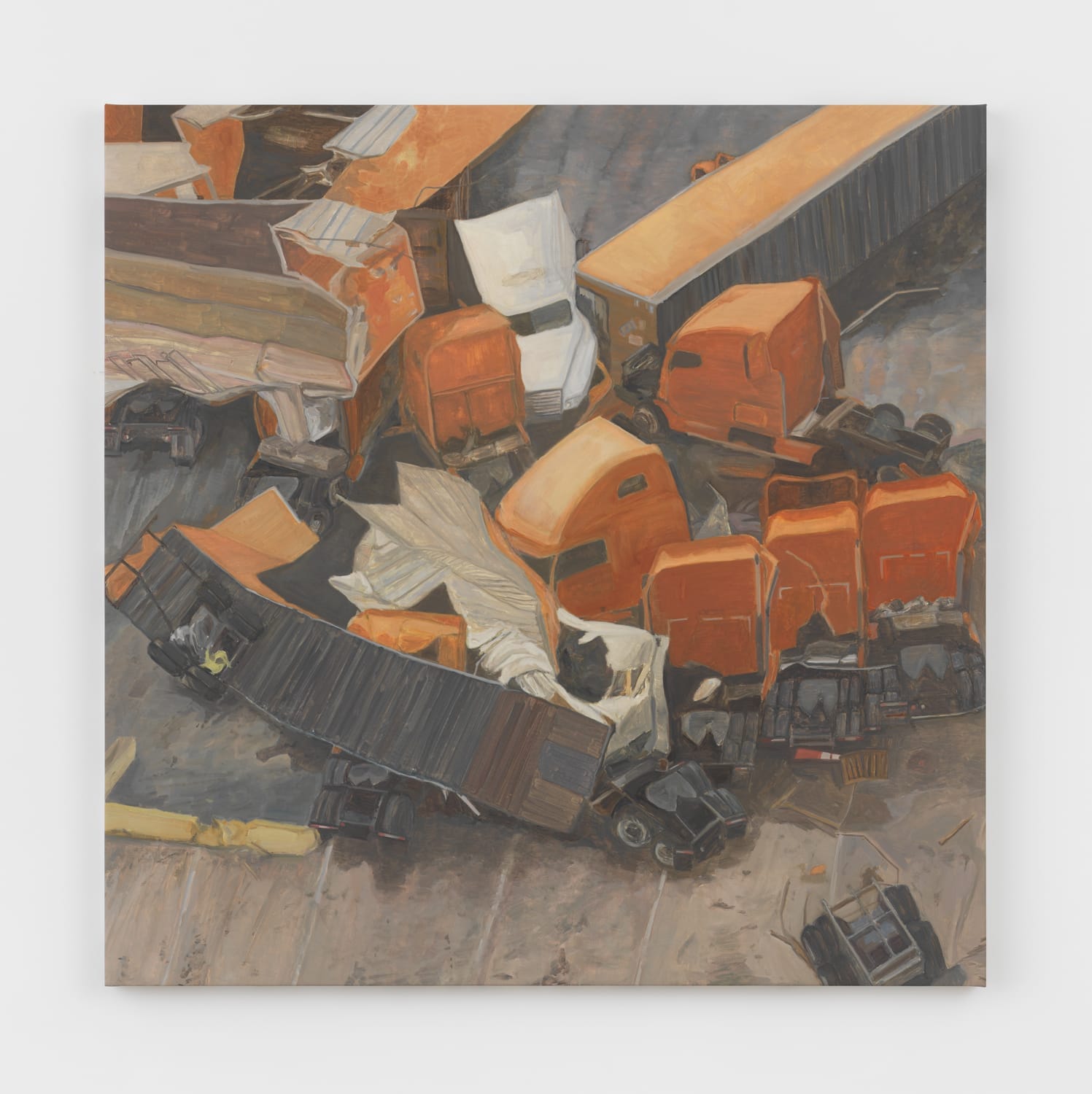
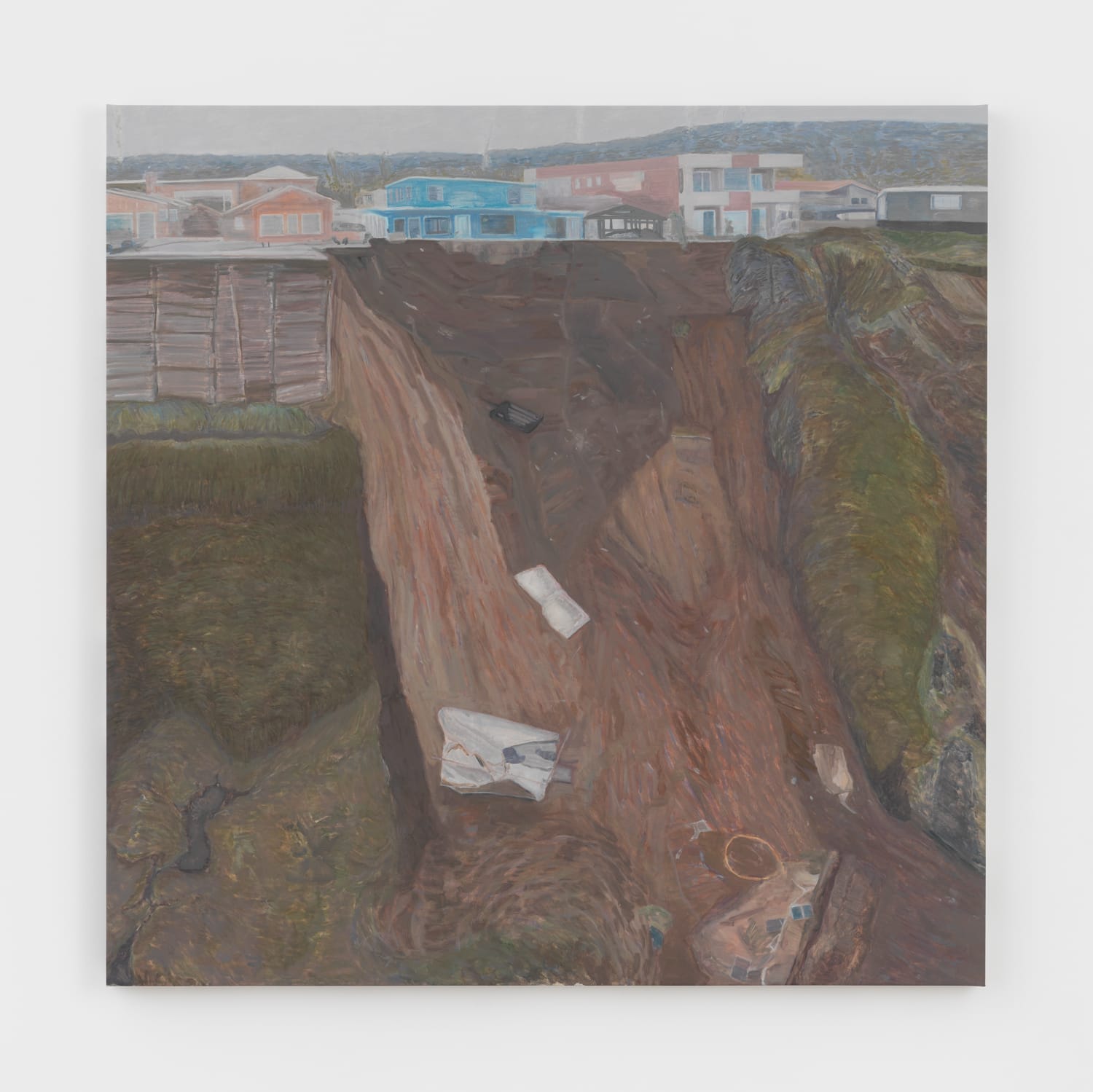
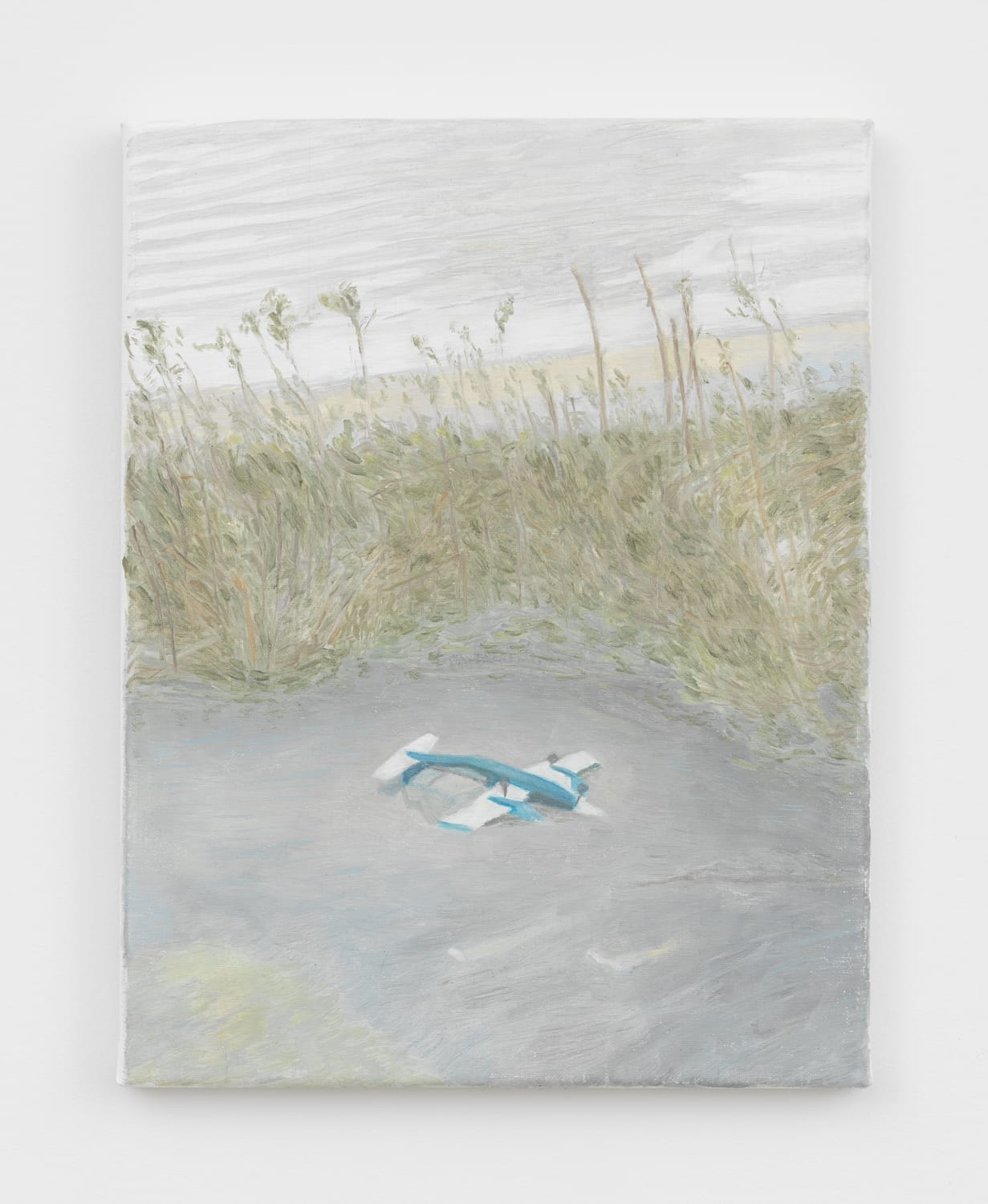

fakewhale
Founded in 2021, Fakewhale advocates the digital art market's evolution. Viewing NFT technology as a container for art, and leveraging the expansive scope of digital culture, Fakewhale strives to shape a new ecosystem in which art and technology become the starting point, rather than the final destination.
You may also like
Sculpting Society: The Unfinished Revolution of Joseph Beuys
Origins of a Myth: The Body, the War, the Transformation To speak of Joseph Beuys is to enter immedi
Fakewhale In Dialogue with Dominic Kießling
In an era dominated by augmented reality, artificial intelligence, and immersive media, German artis
“Medical Studies of a Potential Dream” at Eglise Saint Remi, Bordeaux
“Medical Studies of a Potential Dream” by Haseeb Ahmed, Julie Villard & Simon Brossa

